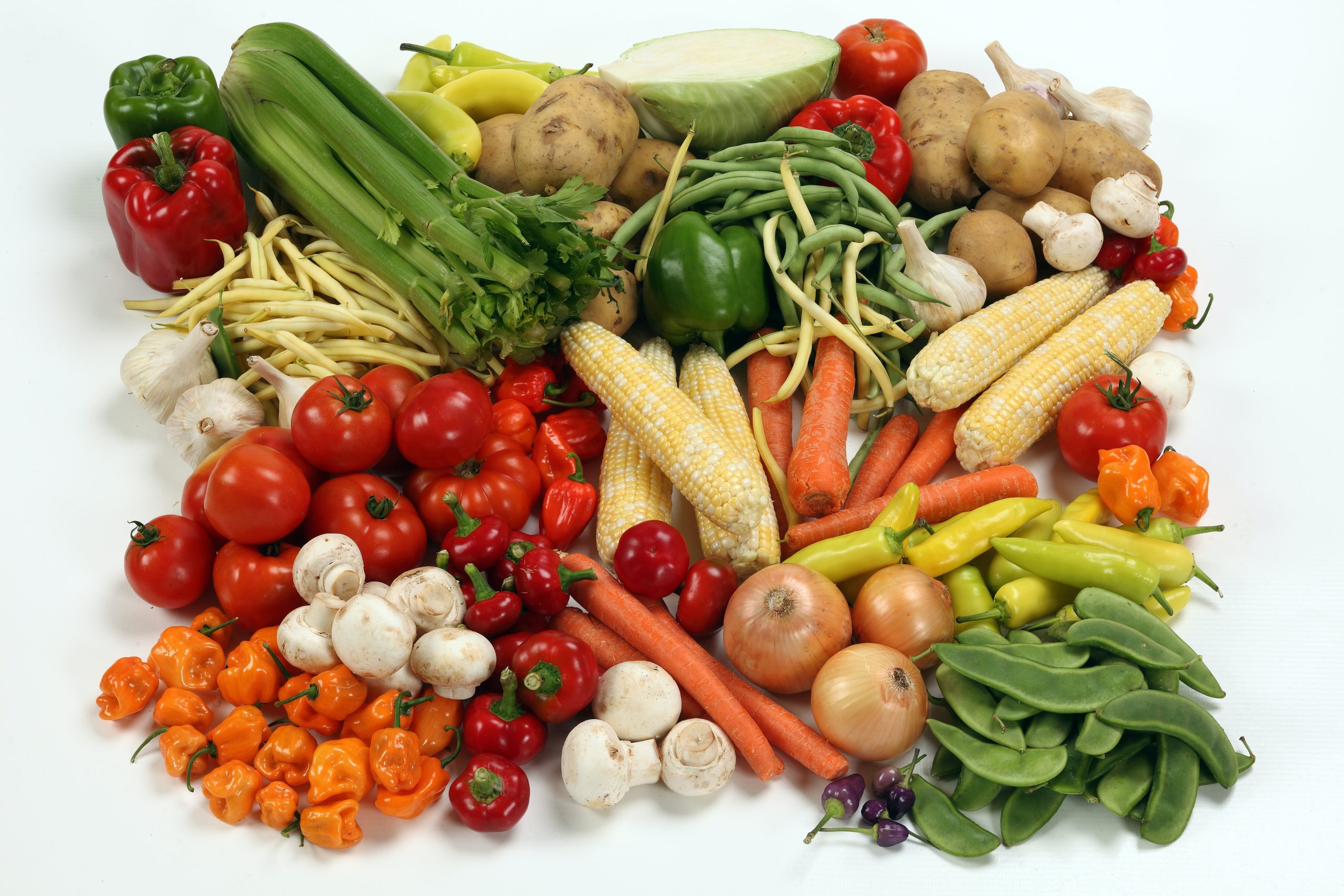This article is tailored for individuals interested in economics, food industry trends, and the impact of external factors on food prices. Readers will benefit from understanding the reasons behind the fluctuations in food prices, their potential effects, and how these trends influence their daily lives. The main goal of the article is to provide a comprehensive analysis of the July food price increase and subsequent moderation, shedding light on the factors at play, and offering insights into how consumers can navigate such fluctuations.
Trends Unveiled: July’s Food Price Increase and Subsequent Moderation
In the intricate dance between economics and the culinary world, trends often converge to create ripples that touch both our dinner plates and our wallets. The month of July bore witness to a significant rise in food prices, sending ripples of concern through households and industries alike. This abrupt uptick in costs left consumers and analysts pondering its implications, but just as swiftly as the surge occurred, the tide seemed to recede with a subsequent moderation in prices. In this article, we unveil the driving forces behind July’s food price increase and subsequent moderation, all while paying homage to the late Anthony Bourdain—a fearless explorer of cultures and cuisines who forever changed the way we view the world through food.

The Price Surge: Unraveling July’s Food Cost Spike
As the calendar pages turned to July, an unexpected phenomenon sent shockwaves through the food industry: a notable and seemingly sudden increase in food prices. Shelves that were once stocked with affordable essentials now bore higher price tags, and consumers found themselves grappling with the reality of budget adjustments.
The surge in food prices was not an isolated event but rather a convergence of multiple factors. One of the primary contributors was supply chain disruptions—a lingering consequence of the global disruptions caused by the pandemic. The interconnected nature of the food supply chain, from production to transportation and distribution, meant that even a minor hiccup could create ripples that echoed through the market. Bottlenecks in shipping, shortages of labor, and distribution challenges all played a role in constraining the supply of certain food items, thus driving prices upward.
Another key factor was the specter of inflation. The rise in consumer prices across sectors, driven by increased demand, rising production costs, and fluctuations in global markets, cast a shadow over the affordability of daily necessities, including food. This broader economic context intertwined with the intricacies of the food industry, compounding the challenges faced by both producers and consumers.
Additionally, the cyclical patterns of seasonal demand further exacerbated the price increase. Summer, often synonymous with barbecues, picnics, and outdoor gatherings, witnessed a surge in demand for popular seasonal items, such as fresh produce and meats. This seasonal spike in demand collided with existing supply constraints, creating a perfect storm for price increases.









